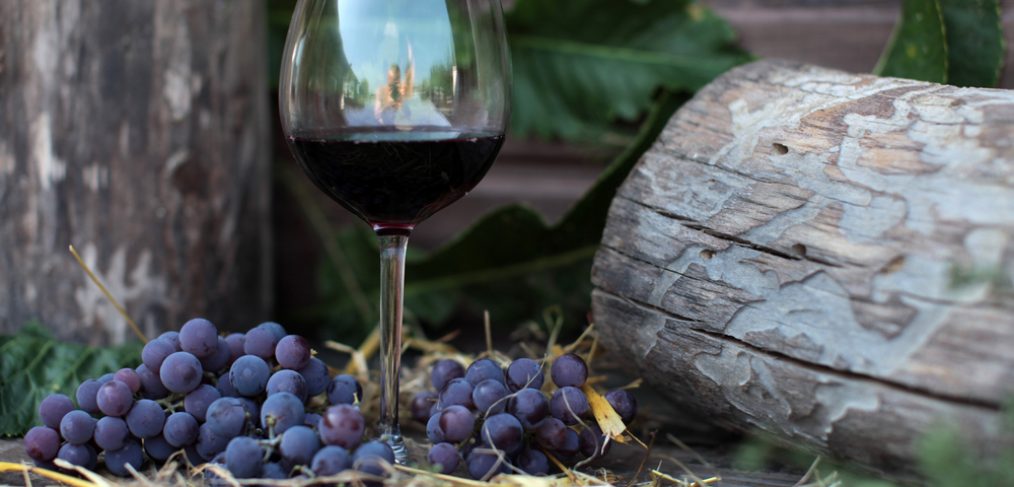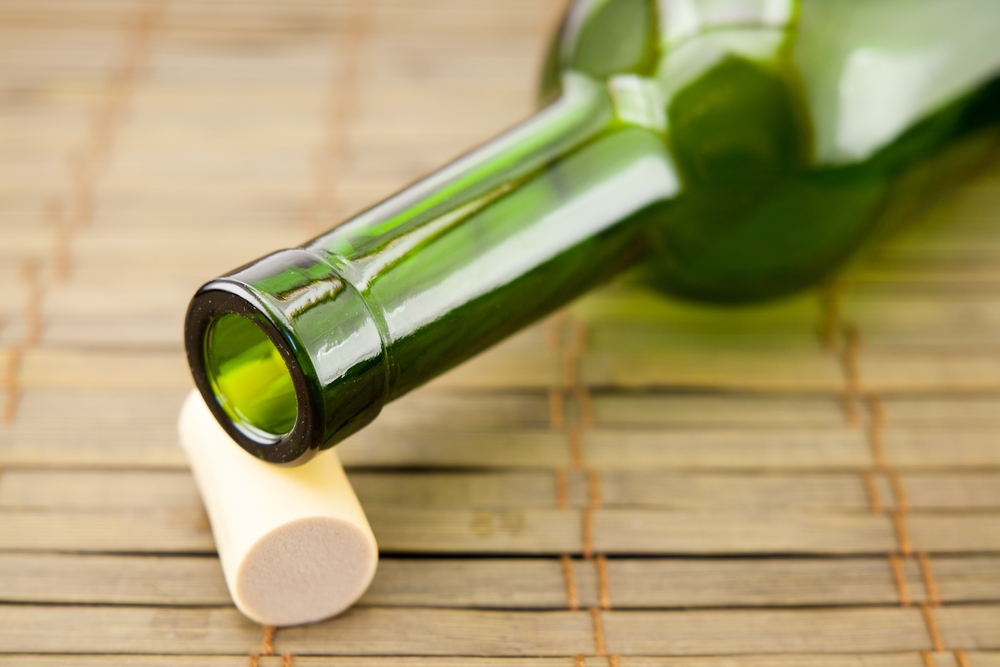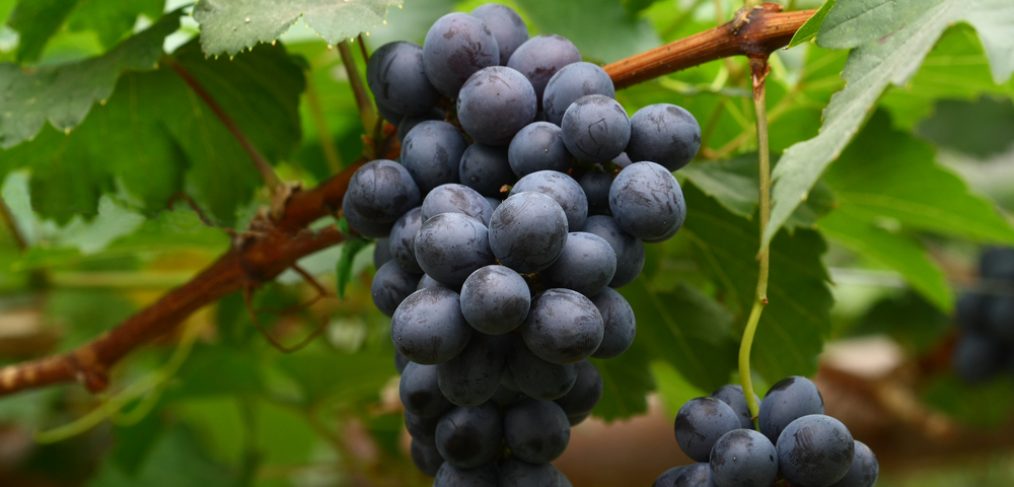For years, wine has been known to be a great drink for socializing, or just relaxing quietly at home. Now, studies have emerged showing that wine also has great health benefits. But good wines can be costly. However, you can make a great homemade wine for a fraction of what it would cost you to buy wine at a store. Find out how you can make a quality wine in your own home.
According to health and gardening writer Jeff Cox, the quality of the wine is determined by the grapevines, not the winemaker. Better grapes will make a better wine. A growing site is best with access to full sunlight, good drainage and nutrient poor soil. You can pick grapes at the peak of perfection, when it is not only ripe, but mature. Then the grapes should be brought to the winery (which may be your garage or basement) to begin the winemaking process.
The next step would be primary fermentation. Grapes are crushed to yield juice, pulp and skins. Next, you can stir in honey, which provides food for the yeast and sweetens the wine. Finally, add wine yeast, which can be bought in a store. Cover loosely with plastic. This process will allow the yeast to convert natural sugars to alcohol and will take about 10 days. A perfect temperature for primary fermentation is between 70-75 degrees Fahrenheit.
Secondary fermentation comes next. During this process, you will be ‘racking’ or siphoning the wine from one container to the other, leaving the sediment that has settled to the bottom of the container behind. It’s best to store the wine in a glass container with an airlock. This will create a barrier from the environment to prevent airborne contaminants from spoiling your wine.
After 6 to 8 weeks it is time for the second racking. This is necessary to remove more sediment and it rids your wine of excessive carbon dioxide resulting from fermentation. Wait another 6 to 8 weeks before the next racking.
For the third racking, add one campden tablet per gallon of wine. This tablet is an antioxidant that also inhibits bacteria. It will make your wine taste good and prevent browning. You must wait another 4 to 6 months before the fourth racking also known as filtering.
Filtering is not necessary, but it will clear the wine and prevent sediment at the bottom. It can be done by a filtering machine and it will give your wine some sparkle. Once this is done, wait two more weeks to allow any traces of sediment to settle.
Bottling is your last step. For best results, use green wine glass bottles with cork seals that don’t have rough edges or nicks. Siphon the wine into bottles and leave room for the cork and air space of one inch between the cork and wine. Then leave wine bottles standing upright for 24 hours. Then turn bottles on their sides for long term storage. Age your bottle another 6 months to a year for a great homemade quality wine.
Do you make your wine at home? Are there any tips that you would like to add? Let us know in the comments section below.






